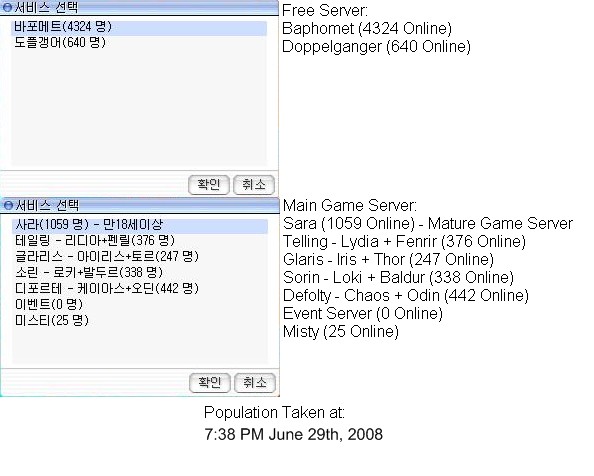
I detailed some of the current community management features in one of my previous post. Community management can also be done in an active and «preventive» manner instead of simply being reactive when events happen. For instance, Blizzard has organized its fourth BlizzCon in August 2009. During this, some Developer Panels showed to players how new levels were created. I do not know if there were particularly charismatic developers inside the Developer Panels. But if most of these panelists were unknown of the player audience, either work should be done to improve their visibility to the players or panelists should be people more visible. Also, I think that a close contact of the developers to the players from times to times may boost them because they see the mass of players they are working for and it is really rewarding. Including costumed players from the BlizzCon 2009 in game products like the Diablo III box is a very smart way to get Real-Life UGC and show your players/fans you care about them.
Moreover, I hope there were key players in the audience of the BlizzCon. By key players, I mean Tobold, Ensidia core guild members or Greedy Goblin. As an example, Greedy Goblin writes sarcastically about how to make money in WoW. His blog had 2k subscribers in June 2009 and 3.5k now in November 2009. His latest blog traffic graph shows peaks when he argued with Scott Jennings about layoffs in industry or when he showed his inventory and bank storage. Goblins are not easily one's friends, but if Blizzard manage to bring this Goblin to the BlizzCon in paying for him the flight and the hotel, Blizzard do not only get 1 more friendly player but 3.5k. Of course, each blog subscriber will not be affected the same way. But if the blog owner publishes nice comments concerning Blizzard, they will touch many players.
This point was actually suggested by Nicolas Ducheneaut in a discussion we had some weeks ago. I filled it with examples and included it into my post.

Finally, a crazy idea. Since MMO are attracting more and more people. Real-life player meetings change the way players see the game as they realize that there is someone behind the pixels. Some players even stopped insulting others after they met them IRL. So in a tupperware consultant style, why not organizing metings regularly in big cities? I heard about communities like DS in Paris who organize meetings in Paris Cafés where they play Nintendo DS games together. The Java User Groups (JUG) are monthly meetings where Java developers gather to talk about Java world news, learn new techniques, share knowledge or drink beers. Maybe MMO companies are not wealthy enough at the moment to pay for monthly buffets and refreshments in each of the 188 urban areas of the world counting more than 2 millions inhabitants. However, MMO companies could set up electronic tools on their websites to help their players organize local real-life meetings about their favorite MMO. This sounds like organizing raids, so developing the web app should not be too difficult.
I actually can write about the positive effects such IRL local meetings could provide as this kind of meetings actually happens/happened for some RO French private servers. Some active players or people in the server team sometimes organize real-life meetings called «IRLs» at Asian-culture conferences like the Japan Expo or simply in their home city when there are enough people to meet.
- The GM team (aka the community management team) knows players faces, discusses IG issues directly and more openly than on a forum
- The Development Team has direct feedback from players. Also, after the meeting, developers are no longer writing code for the fun of it, they realise that hundreds of people rely on them to have fun.
- players realise who are the people behind the game, and demystification of the work is sometimes followed by admiration of the people: «they are human, they are doing something fun for me and they spend so much time on it»
So even if no developers can attend the MMO meetings, which is likely to happen very frequently, such events are a good way to promote the MMO company, especially when this company has sponsored/helped organizing the event. This is the way to transform the video of the left into the video on the right. The video on the left was done by an active member of the Alliance-RO French private server community to describe the game and attract new players. This video was done by a fan of the game and the server. The video on the right was taken by an active member of the community in Alger, Algeria. Players say in the video and in the written comment that they have uncovered the secret reason why gentimouton (yes, it was me), a Game Master of the server, does not understand them: he is 70 year old (French quote: nous avons percé le mystere mysterieux du GM:gentimouton ! encore fois °° !!
). If you want it, you can ask me for a full translation of the video dialog. This video of a meeting of players in their city brought a precious (but late) feedback to the GM.































